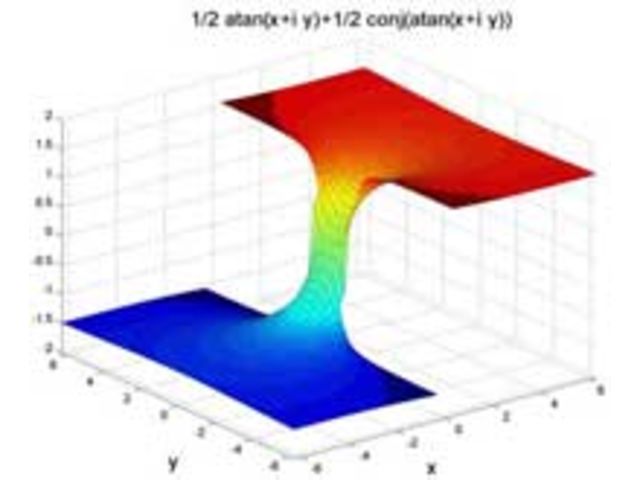
- HOW TO USE SYMBOLIC MATH TOOLBOX IN MATLAB HOW TO
- HOW TO USE SYMBOLIC MATH TOOLBOX IN MATLAB SOFTWARE
- HOW TO USE SYMBOLIC MATH TOOLBOX IN MATLAB CODE
- HOW TO USE SYMBOLIC MATH TOOLBOX IN MATLAB DOWNLOAD
Now we calculate the Hessians of the two constraint functions, and make function handle versions with matlabFunction. We calculated the Hessian of the objective function in the first example. Data From Problem 3: Using the Routh table, tell how many poles of the following function are in the right half-plane, in the left half-plane, and on the j-axis. For the current constraint, there are no linear equalities, so we use the two multipliers lambda.ineqnonlin(1) and lambda.ineqnonlin(2). Use MATLAB and the Symbolic Math Toolbox to generate a Routh table to solve Problem 3. The parts of the lambda structure that you use for nonlinear constraints are lambda.ineqnonlin and lambda.eqnonlin. The Hessian function takes two input arguments: the position vector x, and the Lagrange multiplier structure lambda. Its Hessian is the Hessian of the Lagrangian see the User's Guide for more information. This is because a nonlinearly constrained function needs to include those constraints in its Hessian. The interior-point algorithm requires its Hessian function to be written as a separate function, instead of being part of the objective function. use the generated function handles and files in any MATLAB installation, even those without a Symbolic Math Toolbox.

Gradc = jacobian(c,x).' % transpose to put in correct formĬonstraint = matlabFunction(c,gradc, 'vars',) Since fmincon calls the objective function with column vectors, you must be careful to call matlabFunction with column vectors of symbolic variables.
HOW TO USE SYMBOLIC MATH TOOLBOX IN MATLAB CODE
MatlabFunction generates code that depends on the orientation of input vectors. It is much more efficient to use matlabFunction. Therefore you should perform this calculation only once, and generate code, via matlabFunction, to call during execution of the solver.Įvaluating symbolic expressions with the subs function is time-consuming. This means that a symbolic gradient or Hessian has to be placed in the appropriate place in the objective or constraint function file or function handle.Ĭalculating gradients and Hessians symbolically can be time-consuming. I have computed an analytical solution to a problem, using the symbolic math toolbox I can now solve the problem with the following MATLAB function. Optimization gradients, and sometimes Hessians, are supposed to be calculated within the body of the objective or constraint functions.

Optimization Toolbox solvers are usually more accurate and efficient when you supply gradients and Hessians of the objective and constraint functions.
HOW TO USE SYMBOLIC MATH TOOLBOX IN MATLAB HOW TO
The actual computations involving symbolic objects are performed primarily by the MuPAD symbolic math engine. This example shows how to use the Symbolic Math Toolbox functions jacobian and matlabFunction to provide analytical derivatives to optimization solvers.
HOW TO USE SYMBOLIC MATH TOOLBOX IN MATLAB SOFTWARE
This requires you to translate between vectors and scalars. objects.) Symbolic Math Toolbox software uses symbolic objects to represent symbolic variables, expressions, and matrices. However, symbolic variables are scalar or complex-valued, not vector-valued.
HOW TO USE SYMBOLIC MATH TOOLBOX IN MATLAB DOWNLOAD
It will highlight the Symbolic Math Toolbox notebook interface for managing and documenting model derivation, and show how symbolic results computed in the notebook can be integrated with MATLAB.Ĭlick here to access an article titled “Analytical Modeling of Aircraft Wing Loads Using MATLAB and Symbolic Math Toolbox” which includes a detailed description of the demo and a download link to access scripts and models from this webinar.Optimization objective and constraint functions should be defined in terms of a vector, say x. The Symbolic Math Toolbox software is a collection of more than 100 MATLAB functions that provide access to the MuPAD kernel using a syntax and style that is a natural extension of the MATLAB language. In this webinar we'll highlight how MATLAB and Symbolic Math Toolbox can be used to derive analytical models of your systems.

Analytical models can offer important insights into your system that are often difficult to gain with purely numeric modeling approaches – for example, an analytical model of a mechanical system might reveal conditions that produce resonance frequencies or a critically damped system response. Analytical models can often help because they describe systems using mathematical equations, showing exactly how different parameters affect system behavior. When modeling engineering systems, it can be difficult to identify the key parameters driving system behavior because they are often buried deep within the model.


 0 kommentar(er)
0 kommentar(er)
